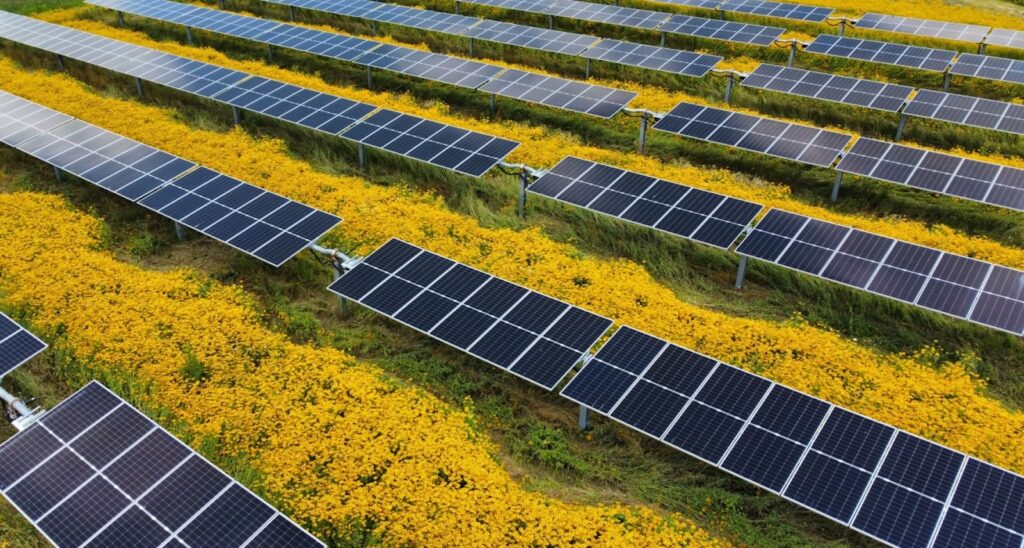Sign up for daily news updates from CleanTechnica on email. Or follow us on Google News!
The landscape of energy production in the United States is undergoing significant shifts, even as political decisions attempt to steer it towards traditional fossil fuels. Former President Trump’s focus on “American Energy Dominance” seems to hark back to a bygone era, despite the growing economic engine that is renewable energy.
Renewable Energy’s Unstoppable Rise
Despite the Trump administration’s attempts to bolster fossil fuels, renewables are increasingly leading the charge in new power generation. Critics have been quick to point out the inconsistencies in Trump’s energy policies, especially as they seem to ignore the rapid advancements and economic benefits of renewable technologies. For example, while other nations are embracing offshore wind opportunities, the U.S. has seen setbacks in this area due to policy changes.
Youwind Renewables reports a projected sixfold increase in offshore wind capacity in the Asia-Pacific region, with Japan targeting a significant expansion by 2040. This comes as the U.S. falls behind, with former-President Biden’s ambitious offshore wind goals being sidelined.
Corporate America’s Shift Towards Renewables
In a landscape where fossil fuels were once king, renewable energy is making substantial inroads, with corporate America playing a pivotal role. The “Sustainable Energy in America 2025 Factbook” by BNEF highlights that corporate procurement of renewable energy set a record in 2024, driven largely by tech companies.
The report notes that while natural gas remains a significant part of the energy mix, its growth is overshadowed by the advancements in wind and solar energy. This shift is not only changing the energy market but also contributing to the decline of coal, which has seen a dramatic reduction in its share of power generation over the past decade.
The Changing Dynamics of U.S. Energy
While natural gas has been a major player, the increased competitiveness of low-cost renewables has started to edge it out. In 2024, wind and solar accounted for the majority of new capacity additions, signaling a significant shift in energy priorities.
However, not all non-fossil energy sources are treated equally under current policies. While there is room for hydropower and geothermal to grow, the broader clean tech industry faces challenges, especially with potential rollbacks of Biden-era tax credits for renewable energy.
Legislative Battles Ahead
Amidst these shifts, efforts are underway to protect the progress made in renewable energy. Legislation aimed at safeguarding tax credits for clean tech is being championed by key senators and environmental groups. As Senator Tim Kaine notes, “We are producing more energy now than at any other point in our history,” highlighting the risks posed by policies favoring traditional energy sources over emerging technologies.
Voters and stakeholders are encouraged to keep a close watch as the Senate prepares to vote on measures that could shape the future of American energy.
Image (cropped): Renewable energy is the real driver of American “energy dominance,” and the Business Council for Sustainable Energy has the receipts (courtesy of US Department of Energy).
Chip in a few dollars a month to help support independent cleantech coverage that helps to accelerate the cleantech revolution!
Have a tip for CleanTechnica? Want to advertise? Want to suggest a guest for our CleanTech Talk podcast? Contact us here.
Sign up for our daily newsletter for 15 new cleantech stories a day. Or sign up for our weekly one if daily is too frequent.
CleanTechnica uses affiliate links. See our policy here.
CleanTechnica’s Comment Policy
Original Story at cleantechnica.com
